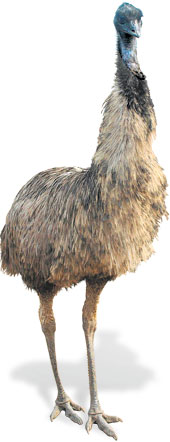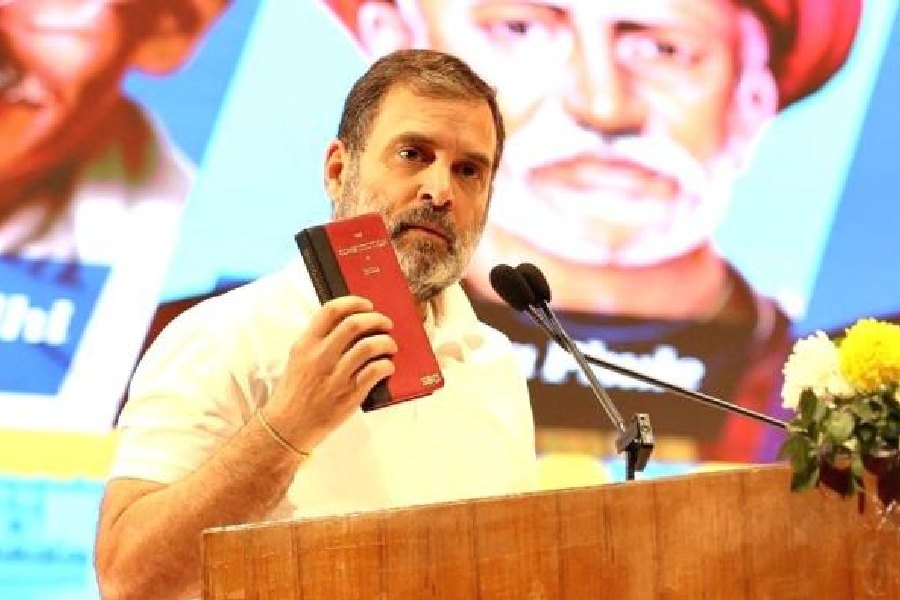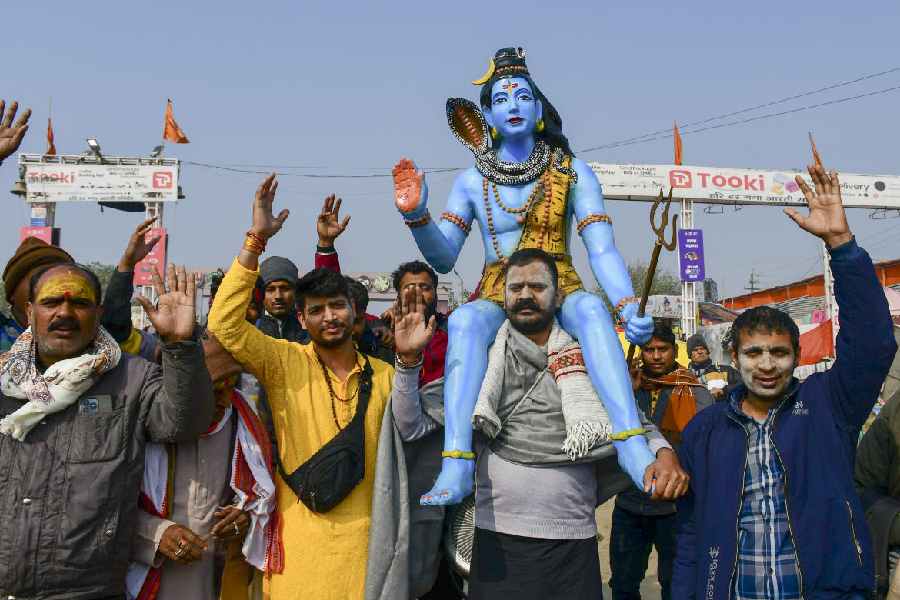 |
On his farm in Wada Taluka along Mumbai’s outskirts, Deepak Gonsalves has kept aside a dozen of his 90 emus to be slaughtered for Christmas. Most of the demand comes from the neighbouring villages in Vasai.
For long years, the emu was merely known as a bird that was to be found in Australia, and occasionally in a crossword. These days, it is found in Vasai kitchens — grilled, baked or cooked with masalas. Emu farming has caught on — though mostly in Maharashtra and Andhra Pradesh — and the bird is being eaten with relish, despite the fact that it’s more expensive than its puny kin, the chicken. And while few may have actually seen this flightless bird walk six feet tall, in shaggy brownish-black plumage, a great many people have begun to see it in dhabas and hotels.
In Wardha, emu farmer Shirish Ghode, who retired as assistant director, public health, says he’s set aside 100 emus to be slaughtered this season. “They’re all booked,” he says. Emu farmers such as Gonsalves and Bhadresh Mehta in Pune and Jegan Mohan in Kodaikanal supply their local restaurants with two to three emus a week. Vasai restaurateur Anil Machado points out that the supply can’t meet the demand, and clients often go back disappointed.
Maharashtra — emu farming started in the Sharad Pawar stronghold, Baramati, some years ago — got a boost in 2004 when the National Bank for Agriculture and Rural Development offered interest-free loans of up to Rs 15 lakh to emu farmers. Pawar’s daughter, Supriya Sule, is among those promoting emu farming as an income generation scheme, with help from the State Bank of India, for women in Solapur. Within the next five years, the country hopes to achieve a target of 10 lakh emus.
For the farmer, emu spells money — Mehta of Pune says a farm can yield 200 per cent of the investment within two years. The meat of one bird fetches a farmer Rs 5,000-7,000, while its fat (22-25 per cent of its weight), used as a therapeutic oil, brings in up to Rs 10,000. A slaughtered emu yields more than twice as much as a live bird, as there’s money to be made from the meat, fat, bones, skin and feathers. Mehta says he recently sold a pair of 15-month-old emus for Rs 43,000. An 18-month-old bird would cost Rs 15,000-20,000, and a kilo of meat is for Rs 300-350.
While its dark green, leathery textured coconut-shaped eggs fetch around Rs 1,000 in the breeders’ market, those that get cracked on the rocky terrain of Gonsalves’s farm, on being laid, cost about Rs 300 each. A single such egg can be whipped into an omelette fit to feed five big eaters. The emu’s USP — apart from the novelty factor — is its low fat and high protein meat. The website of the American Heart Association says lean cuts of emu are very low in total fat, saturated fat, cholesterol and sodium.
That is possibly the reason the Indian Army plans to serve emu meat to its troops. Seven months ago, the army bought several 15-month-old birds from Mehta’s Pune farm, to be reared on an army farmland in Ghaziabad. A similar plan by the Army Sports Institute in Pune, however, was dropped because of the high costs involved.
Unlike its feathered friends, emu falls in the red meat category. “Emu meat is redder than that of the ostrich, but it does taste similar,” says Vasai veterinary surgeon Bonny Pereira. The taste, he adds, is also close to turkey and peacock meat.
Celebrity chef Sanjeev Kapoor points out that emu meat is hard, like beef, and is best cooked after several hours of marination. “Wrongly cooked emu and beef taste similar,” says Kapoor. On his farm, Gonsalves proudly holds a red, sinewy thigh of a slaughtered emu, to be marinated for an entire day in curd and spices, and roasted whole in a wood-fired oven.
 |
| MEATY ISSUE: Deepak Gonsalves at his emu farm on the outskirts of Mumbai. Pix: Sanjit Kundu |
Last week, when Kiran Patil, chef at Post 91, a Pune restaurant, introduced tandoori emu boti kabab to the menu, several guests, he says, mistook it for mutton. “It was tender, from day-long marination,” he says.
The best meat, farmers say, comes from 18 to 24-month-old emus. And while the older birds yield more fat, the meat is tougher. Birds slaughtered during the mating period in winter tend to be leaner, as they eat roughly half their regular quota of about a kilo of oil seeds, leaves and formula food a day.
Though the fat in emu meat itself may be very low, a single 18-month-old bird, weighing up to 45 kg, yields 8-12 kg fat. Until lately, that’s mostly what emu farmers were focused on. “I used to bury the meat after slaughtering an emu for its fat which is processed into oil for joint pains,” says Mehta.
The emu, clearly, is being tarted up to suit India’s palate. Toni da Dhaba, off the Mumbai-Pune highway, serves emu handi for Rs 450 a plate. Machado says he’s priced a dish of 250 gm of curried emu at Rs 125. Ananda Solomon, the executive chef of the Taj President in Mumbai, however, says he is waiting for the demand to present itself. “If we’re forced to, we will serve emu,” he says.
On the other hand, Toni da Dhaba, which has been serving emu meat for the last four years, can’t have enough of it. The bird is so sought after that there’s an open pen with a flock of emus fluttering around in it. And leaving nothing to the imagination, there is a board there that says: “Yahi hai emu (this is the emu).”











